

Articles
Why Does My Dryer Keep Shutting Off
Modified: October 20, 2024
Discover helpful articles on why your dryer keeps shutting off. Find tips, troubleshooting guides, and solutions to keep your dryer running smoothly.
(Many of the links in this article redirect to a specific reviewed product. Your purchase of these products through affiliate links helps to generate commission for Storables.com, at no extra cost. Learn more)
Introduction
Having a dryer that keeps shutting off can be frustrating and inconvenient. Imagine starting a load of laundry only to have your dryer stop working midway. Not only does this disrupt your laundry routine, but it also leaves you with damp clothes and a dryer that needs attention.
Understanding the common causes of why your dryer keeps shutting off can help you diagnose the problem and potentially fix it yourself or seek professional assistance. In this article, we will explore some of the most typical reasons for dryer shutdowns and discuss possible solutions.
Before we dive into the specific causes, it is essential to mention that safety should always be a top priority when attempting any repairs on a dryer. If you are not confident in your ability to troubleshoot the issue or handle electrical components, it is best to consult an expert technician for assistance.
With that said, let’s explore the common causes that may be causing your dryer to shut off unexpectedly.
Key Takeaways:
- Regularly cleaning the lint filter and ensuring proper ventilation can prevent overheating and unexpected shutdowns in your dryer, maintaining its efficiency and safe operation.
- Avoid overloading the dryer and address snagging issues to prevent unexpected shutdowns, ensuring smooth and efficient operation while extending the appliance’s lifespan.
Common Causes of Dryer Shutting Off
When your dryer keeps shutting off, there can be several underlying causes. Here are some of the most common issues to look out for:
- Overheating issues: One possible cause of a dryer constantly shutting off is overheating. When the dryer’s internal temperature rises to a certain level, the safety mechanisms kick in and shut off the appliance to prevent any potential fire hazards. This could be due to clogged vents, a malfunctioning thermostat, or a problem with the heating element.
- Thermostat problems: The thermostat is responsible for regulating the dryer’s temperature. If it becomes faulty or inaccurate, it may cause the dryer to shut off prematurely. A malfunctioning thermostat can give incorrect temperature readings, leading to the appliance shutting down too soon or not reaching the desired level of dryness.
- Ventilation problems: Poor ventilation can lead to a buildup of hot air and moisture inside the dryer. This can cause the temperature to rise excessively, triggering the safety mechanisms to shut off the appliance. Clogged vents or inadequate airflow can prevent proper ventilation, so it’s crucial to regularly clean the lint filter, exhaust ducts, and ensure proper airflow around the dryer.
- Electrical issues: Faulty wiring, loose connections, or a malfunctioning power supply can also cause a dryer to shut off. If the electrical circuit is overloaded or there is a short circuit, the appliance’s safety features will automatically shut it down to prevent electrical damage or possible hazards.
- Motor problems: When a dryer’s motor malfunctions, it can cause the appliance to shut off unexpectedly. A faulty motor or worn-out motor bearings may result in overheating or the motor not running smoothly, leading to shutdowns during operation.
- Clogged lint filter: The lint filter plays a crucial role in preventing lint buildup inside the dryer. When the lint filter is clogged with lint and debris, it obstructs proper airflow, causing the dryer to overheat and shut off. Regularly cleaning the lint filter is essential for proper dryer function and preventing shutdowns.
- Snagging or overloading: Another possible reason for a dryer to shut off is when clothes get caught on a part of the dryer, causing strain on the motor or belt. Similarly, overloading the dryer with too many clothes can strain the motor, interrupting its operation and causing the appliance to shut off.
It’s important to note that these are just some common causes, and there could be other specific issues depending on your dryer make and model. If you are unsure about the cause or unable to diagnose and fix the problem yourself, it is recommended to seek professional assistance to avoid any further damage to the appliance.
Overheating Issues
One of the most common causes of a dryer shutting off is overheating. When the temperature inside the dryer rises to a dangerous level, the appliance’s safety mechanisms activate and shut it off to prevent any potential fire hazards.
There are several reasons why a dryer may overheat:
- Clogged vents: Over time, lint and debris can accumulate in the dryer vents, obstructing the airflow. When the vent is clogged, hot air and moisture cannot properly escape, causing the temperature inside the dryer to rise. As a result, the safety mechanisms kick in and shut off the appliance to prevent overheating.
- Malfunctioning thermostat: The thermostat is responsible for regulating and maintaining the temperature inside the dryer. If the thermostat becomes faulty or inaccurate, it may cause the dryer to heat up excessively. The malfunctioning thermostat can give incorrect temperature readings, leading to the appliance shutting down too soon or not reaching the desired level of dryness.
- Heating element issues: The heating element is responsible for generating heat in the dryer. If the heating element is defective or damaged, it may lead to an uneven distribution of heat or continuous high heat, causing the dryer to overheat. In such cases, the safety mechanisms will shut off the appliance to prevent any potential danger.
To troubleshoot and address overheating issues in your dryer, follow these steps:
- Clean the lint filter regularly: Remove any lint or debris from the lint filter before or after each cycle. This ensures proper airflow and prevents lint buildup, which can obstruct ventilation and contribute to overheating.
- Check and clean the dryer vents: Inspect the dryer vents for any blockages or clogs. Use a vent cleaning brush or vacuum attachment to remove lint and debris from the vents. Make sure the vents are properly connected and not kinked, as this can hinder the airflow and lead to overheating.
- Inspect the thermostat: If you suspect a faulty thermostat, you may need to consult a professional technician to assess and replace it if necessary. They have the expertise and tools to accurately diagnose and resolve thermostat issues.
- Examine the heating element: If you suspect that the heating element is causing the overheating problem, it is best to consult a professional technician. Attempting to repair or replace a heating element without proper knowledge and experience can be dangerous and may lead to further damage.
By addressing any overheating issues promptly, you can prevent your dryer from shutting off unexpectedly and ensure its safe and efficient operation. However, if you are unsure or uncomfortable with performing any repairs on your dryer, it is best to seek professional help to avoid any risks or accidents.
Thermostat Problems
The thermostat in your dryer plays a crucial role in regulating and maintaining the temperature during the drying process. If the thermostat becomes faulty or inaccurate, it can cause various issues, including your dryer shutting off unexpectedly.
Here are a few common thermostat problems that can lead to dryer shutdowns:
- Inaccurate temperature readings: A malfunctioning thermostat may provide incorrect temperature readings to the dryer’s control panel. This can cause the appliance to shut off prematurely, or it may not reach the desired level of dryness. In such cases, the thermostat may need calibration or replacement.
- Failing to signal the heating element: The thermostat is responsible for signaling the heating element to turn on or off based on the desired temperature setting. If the thermostat fails to communicate effectively with the heating element, it can result in improper heating or the dryer shutting off abruptly during the drying cycle.
- Stuck in a closed position: In some cases, the thermostat may get stuck in a closed position, which means it continuously signals the heating element to heat up. This can lead to overheating and ultimately cause the dryer to shut off as a safety precaution.
- Wiring or connection issues: Faulty wiring or loose connections related to the thermostat can also cause the dryer to shut off unexpectedly. A loose wire or connection may disrupt the proper functioning of the thermostat, leading to erratic temperature control and subsequent shutdowns.
Here’s what you can do if you suspect thermostat problems in your dryer:
- Check for error codes: Some dryers have error code displays that can help diagnose thermostat issues. Refer to your dryer’s manual to identify any specific error codes that may indicate a problem with the thermostat.
- Calibrate or replace the thermostat: If you have experience and knowledge in appliance repair, you can attempt to calibrate the thermostat yourself. Refer to the dryer’s manual or consult online resources for instructions specific to your model. However, if you are unsure or uncomfortable performing this task, it is best to seek assistance from a professional technician.
- Consult a professional technician: If you are unable to resolve the thermostat problem yourself or are unsure about performing any repairs, it is recommended to consult a professional technician. They have the expertise to accurately diagnose the issue and recommend the appropriate solution, whether it involves calibrating or replacing the thermostat.
Remember, working with electrical components can be hazardous, so if you are uncertain about any aspect of the repair process or experience any difficulties, it is best to prioritize safety and seek professional assistance.
Ventilation Problems
Proper ventilation is essential for the efficient operation of your dryer. When ventilation is inadequate or obstructed, it can lead to a variety of problems, including the dryer shutting off unexpectedly. Here are a few common ventilation issues that can cause shutdowns:
- Clogged vents: Over time, lint, dust, and debris can accumulate in the dryer vents, obstructing the airflow. This can lead to poor ventilation and cause the temperature inside the dryer to rise excessively. To prevent overheating and shutdowns, it is crucial to regularly clean the dryer vents and remove any buildup.
- Blocked or kinked exhaust ducts: The exhaust duct is responsible for carrying hot air and moisture from the dryer to the outside. If the ducts are blocked or kinked, the airflow becomes restricted, leading to inefficient drying and potential overheating. Ensure that the exhaust ducts are clear of obstructions and free from any bends or kinks that hinder the airflow.
- Inadequate ventilation space: Dryers require proper ventilation space around them to allow for proper airflow. If your dryer is placed in an enclosed or cramped area, it may not receive sufficient ventilation, which can lead to overheating and shutdowns. Make sure there is enough space around the dryer for airflow and consider positioning it in a well-ventilated area if needed.
- Improperly installed vents: Incorrect installation of dryer vents can also contribute to ventilation problems. If the vents are not properly connected or if there are gaps in the joints, it can lead to air leakage and reduced airflow. Ensure that the vents are connected securely and sealed properly to maintain efficient ventilation.
Here are some steps you can take to address ventilation problems and prevent shutdowns:
- Clean the lint filter: Proper maintenance of the lint filter is crucial for preventing lint buildup and ensuring optimal airflow. Remove lint from the filter before or after each drying cycle to maintain proper ventilation.
- Regularly clean the vent system: Take the time to clean the dryer vent system periodically. Use a vent cleaning brush or vacuum attachment to remove lint and debris from the vents, exhaust ducts, and outside vent cover. It is recommended to do this at least once a year or more frequently if you notice reduced airflow or longer drying times.
- Check for blockages: Inspect the exhaust ducts and vents for any blockages or buildup. Remove any obstructions that may hinder the airflow, such as lint, debris, or bird nests.
- Ensure proper installation: If you suspect that the dryer vents are not installed correctly, consider consulting a professional technician or a qualified contractor to assess the installation and make any necessary adjustments.
By addressing ventilation problems and maintaining a clean and unobstructed vent system, you can improve the performance and efficiency of your dryer while reducing the risk of unexpected shutdowns.
Check the vent for any blockages or obstructions that may be causing the dryer to overheat and shut off. Also, make sure the lint trap is clean and the dryer is not overloaded.
Read more: Why Does My Ryobi Mower Keep Shutting Off
Electrical Issues
Electrical issues can often be the culprit behind a dryer that keeps shutting off unexpectedly. Various factors related to the electrical system can cause the appliance to malfunction or trigger the safety mechanisms to shut it down. Here are some common electrical problems that can lead to dryer shutdowns:
- Faulty wiring: If the electrical wiring in your home or specifically in the dryer is faulty or damaged, it can disrupt the normal operation of the appliance. Loose connections, frayed wires, or worn-out insulation can cause electrical short circuits or voltage fluctuations, leading to the dryer shutting off.
- Overloaded circuits: Dryers draw a significant amount of power when running. If the electrical circuit is overloaded with other appliances or if there are too many devices plugged into the same circuit, it can result in the breaker tripping, causing the dryer to shut off. This is an important safety feature that prevents electrical fires and other hazards.
- Malfunctioning power supply: Issues with the power supply, such as fluctuations in voltage or an unstable power source, can affect the operation of the dryer. Unstable voltage levels can cause the appliance to shut off as a safety measure to prevent damage to the electrical components.
- Defective control board: The control board in the dryer is responsible for regulating the different functions and settings. If the control board becomes defective or malfunctions, it can cause erratic behavior, including unexpected shutdowns. In such cases, the control board may need to be replaced or repaired.
If you suspect electrical issues with your dryer, here are some steps you can take:
- Check the circuit breaker: Check if the circuit breaker has tripped. If it has, reset it and try running the dryer again. If the breaker continues to trip, it indicates an underlying electrical problem that needs to be addressed.
- Inspect the electrical wiring: Examine the electrical wiring in the dryer and your home for any visible signs of damage, such as loose connections, frayed wires, or burned insulation. If you notice any issues, it is recommended to consult a professional electrician to assess and repair the wiring.
- Consider relocating appliances: If you frequently experience circuit overloads, consider redistributing your electrical load by plugging the dryer into a different circuit or relocating other power-hungry appliances to different circuits. This can help alleviate potential electrical issues.
- Consult a professional technician: If you are unable to identify or resolve the electrical problem yourself, it is advisable to consult a professional technician who specializes in dryer repairs. They have the expertise to diagnose and fix electrical issues safely and effectively.
Remember, working with electricity can be dangerous, so if you are unsure or uncomfortable dealing with electrical components, it is always best to seek professional assistance to avoid any risks or accidents.
Motor Problems
The motor in your dryer is responsible for rotating the drum and powering the various functions of the appliance. If the motor malfunctions or encounters issues, it can lead to the dryer shutting off unexpectedly. Here are some common motor problems that can cause shutdowns:
- Motor overheating: Continuous operation or prolonged usage can cause the motor to overheat. When the motor reaches a certain temperature threshold, the safety mechanisms in the dryer can activate and shut off the appliance. Overheating can be caused by a variety of factors, including worn-out motor bearings or lack of proper lubrication.
- Motor strain due to an obstruction: If any item, such as a piece of clothing, becomes snagged or entangled in the dryer’s drum, it can put strain on the motor and cause it to shut off. This is a safety feature designed to protect the motor from damage.
- Motor faults or defects: Over time, the motor may develop faults or defects due to wear and tear. This can result in erratic operation, overheating, or the motor not functioning properly, leading to the dryer shutting off. In such cases, motor repair or replacement may be necessary.
If you suspect motor problems in your dryer, here are some steps you can take:
- Check for obstructions: Inspect the dryer drum for any obstructions or items that may be causing strain on the motor. If you find any, carefully remove the obstruction and ensure the drum can rotate freely.
- Allow the motor to cool down: If the motor has overheated, it is important to give it time to cool down before attempting to restart the dryer. This can prevent further damage to the motor and increase the chances of successful operation.
- Lubricate the motor bearings: If the motor bearings are worn out or lack proper lubrication, it can put extra strain on the motor and cause overheating. Consult the dryer’s manual or reach out to a professional technician to determine the appropriate lubrication method and ensure it is done correctly.
- Consult a professional technician: If you believe the motor has faults or defects, it is recommended to consult a professional technician who specializes in dryer repairs. They can accurately diagnose the motor problem and recommend the appropriate course of action, whether it involves motor repair or replacement.
Dealing with motor issues can be complex and requires expertise. If you are unsure or uncomfortable performing any repairs on the motor, it is best to seek professional help to avoid further damage to the appliance or potential safety hazards.
Clogged Lint Filter
A clogged lint filter can cause a variety of issues with your dryer, including unexpected shutdowns. The lint filter plays a crucial role in trapping lint and debris from your clothes, preventing it from clogging the dryer’s ventilation system. When the lint filter becomes clogged, it can restrict airflow, cause overheating, and ultimately lead to the dryer shutting off. Here’s what you need to know about this common problem:
Importance of cleaning the lint filter:
Regularly cleaning the lint filter is essential for the proper functioning of your dryer. By removing lint and debris from the filter before or after each drying cycle, you can maintain efficient airflow through the dryer and prevent blockages. A clean lint filter helps prevent overheating and reduces the risk of unexpected shutdowns.
Symptoms of a clogged lint filter:
Here are some signs that your lint filter may be clogged:
- The dryer takes longer than usual to dry clothes
- The dryer feels hot to the touch
- You notice an excessive amount of lint on your clothes after drying
- The dryer shuts off unexpectedly during operation
If you experience any of these symptoms, it’s a good indication that your lint filter requires cleaning.
Steps to clean the lint filter:
Follow these steps to clean the lint filter properly:
- Locate the lint filter: The lint filter is typically located inside the door or on top of the dryer. It is a screen or mesh-like structure that traps lint and debris.
- Remove lint from the filter: Pull out the lint filter and clean off any visible lint or debris. You can use your fingers, a soft brush, or a vacuum with a brush attachment to remove the lint. Make sure to remove all traces of lint from the screen or mesh.
- Rinse the filter (optional): If your lint filter is washable, rinse it under running water to remove any remaining lint or trapped debris. Allow the filter to dry completely before reinstalling it in the dryer.
- Reinstall the filter: Once the lint filter is dry, carefully place it back in its designated spot in the dryer. Ensure it’s properly seated and securely in place.
By regularly cleaning your lint filter, ideally before or after each drying cycle, you can prevent lint buildup and the associated problems that come with it. This will help maintain optimal airflow, prevent overheating, and reduce the likelihood of unexpected shutdowns.
Note: In addition to cleaning the lint filter, it’s important to regularly inspect and clean the dryer vent and exhaust duct to prevent lint accumulation and ensure proper ventilation. If you notice excessive lint buildup, it may be necessary to consult a professional technician for a thorough cleaning.
Snagging or Overloading
Snagging or overloading the dryer can lead to unexpected shutdowns and other operational issues. When clothes become snagged or tangled on a part of the dryer, it can put strain on the motor, drum, or belt, causing the appliance to shut off as a safety precaution. Similarly, overloading the dryer with too many clothes can overload the motor and interrupt its operation. Here’s what you need to know about these potential problems:
Snagging of clothes:
If clothes become snagged or tangled in the dryer, it’s important to address the issue promptly to avoid damage to the appliance and prevent future shutdowns. Here are some steps you can take:
- Inspect the dryer drum: Regularly check the dryer drum for any sharp edges, protruding objects, or rough spots that may snag clothes. If you notice any issues, gently sand or smooth them down to create a smoother drum surface.
- Use fabric mesh bags: To prevent small items, such as socks or delicate undergarments, from getting snagged in the dryer, consider using fabric mesh bags to contain them. This helps maintain the integrity of these items and prevents them from tangling with other clothes or components in the dryer.
- Check clothing for loose items: Before loading clothes into the dryer, check for any loose items, such as loose buttons, hooks, or jewelry. Removing these items or securing them properly can help prevent snags and potential damage.
Addressing the snagging issue can help prevent unexpected shutdowns and extend the lifespan of your dryer.
Overloading the dryer:
Overloading the dryer with too many clothes can put excessive strain on the motor, drum, and other components, causing the appliance to shut off. It’s important to follow the manufacturer’s guidelines regarding the maximum load capacity of your dryer. Overfilling the dryer can lead to poor airflow, uneven drying, and potential shutdowns. Instead, consider these tips:
- Sort loads by fabric type and weight: Separate heavy items, such as towels or denim, from lighter fabrics, such as t-shirts or delicates. This helps ensure more even drying and prevents overloading the dryer.
- Leave room for airflow: Allow enough space for clothes to tumble freely in the dryer drum. Overcrowding the drum restricts airflow and hinders proper drying, increasing the likelihood of shutdowns.
- Divide larger loads: If you have a large amount of laundry, consider dividing it into smaller, more manageable loads. This allows the dryer to operate more efficiently and reduces strain on the motor.
By avoiding overloading and being mindful of the potential for snagging, you can help prevent unexpected shutdowns and ensure the proper functioning of your dryer. Maintaining a balanced load and adhering to the manufacturer’s guidelines will help keep your dryer running smoothly and efficiently.
Read more: Why Does My Leaf Blower Keep Shutting Off
Conclusion
Dealing with a dryer that keeps shutting off can be frustrating, but understanding the common causes behind this issue can help you address the problem effectively. In this article, we have explored the various factors that can lead to unexpected shutdowns and discussed steps you can take to troubleshoot and resolve them.
Overheating issues, thermostat problems, ventilation problems, electrical issues, motor problems, clogged lint filters, and snagging or overloading are all potential culprits when it comes to a dryer repeatedly shutting off. By identifying the specific cause, you can take appropriate measures to rectify the situation and prevent further occurrences.
Regular maintenance and preventive actions play a significant role in ensuring the smooth operation of your dryer. Practicing good habits such as cleaning the lint filter regularly, checking and clearing ventilation ducts, and avoiding overloading the dryer can help maintain optimal performance and prevent shutdowns.
However, it’s important to note that if you are unsure about troubleshooting or handling any repairs yourself, it is always best to seek professional assistance. Safety should be a top priority, and an expert technician can accurately diagnose the issue and provide the appropriate solution.
By staying proactive and addressing the common causes of dryer shutdowns, you can enjoy the convenience of a fully functional dryer that runs efficiently and consistently. Keep your dryer well-maintained, follow the manufacturer’s guidelines, and promptly address any issues to ensure optimal performance and longevity.
Frequently Asked Questions about Why Does My Dryer Keep Shutting Off
Was this page helpful?
At Storables.com, we guarantee accurate and reliable information. Our content, validated by Expert Board Contributors, is crafted following stringent Editorial Policies. We're committed to providing you with well-researched, expert-backed insights for all your informational needs.
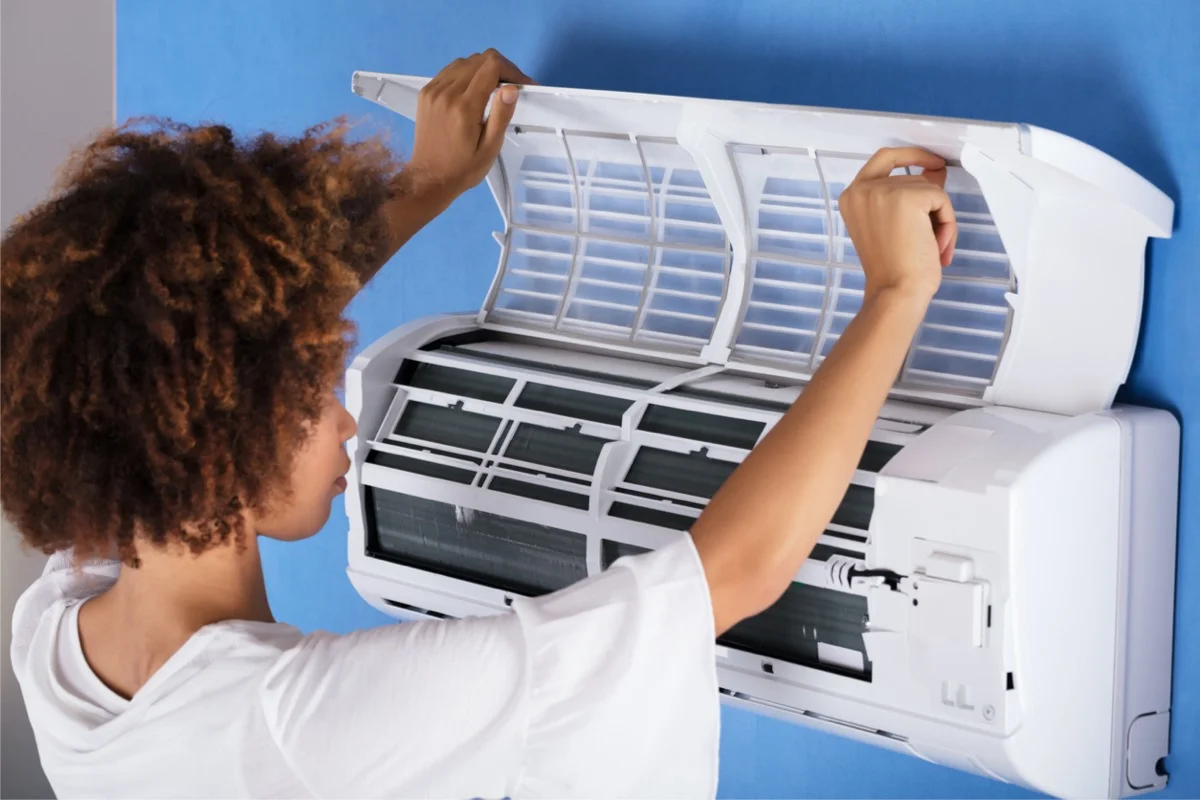
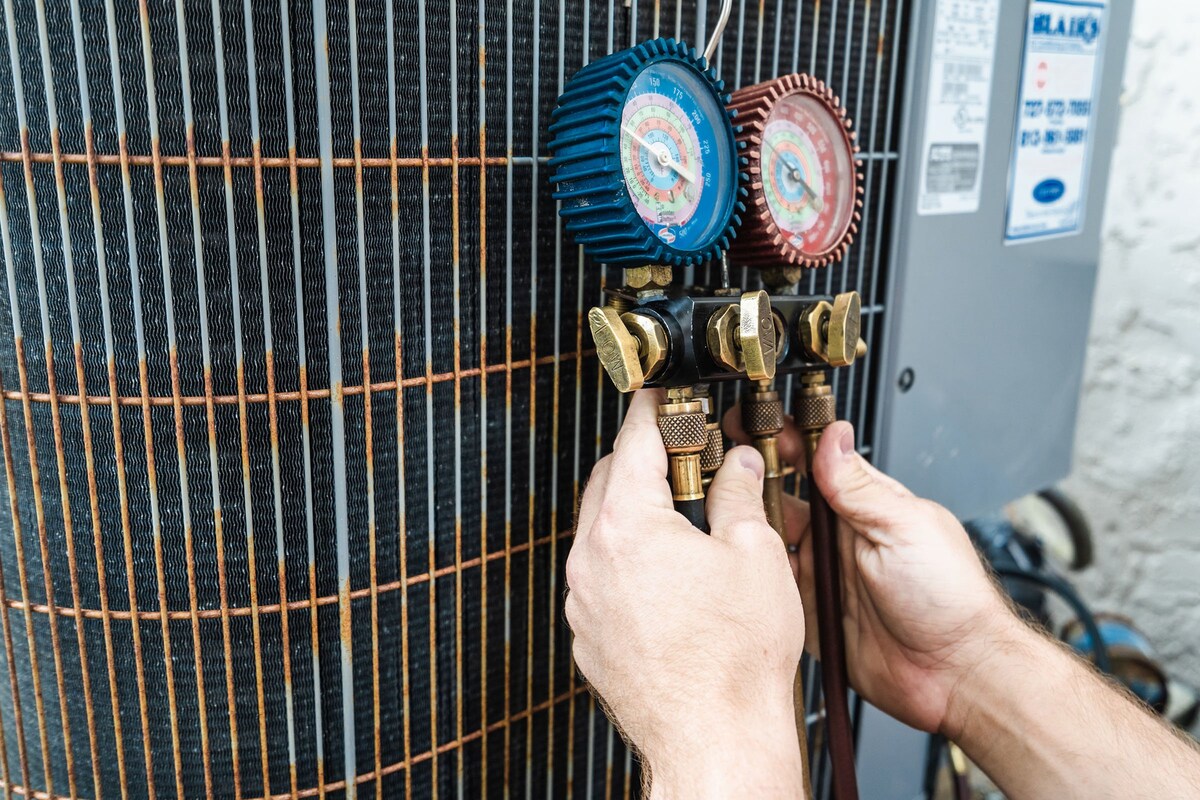
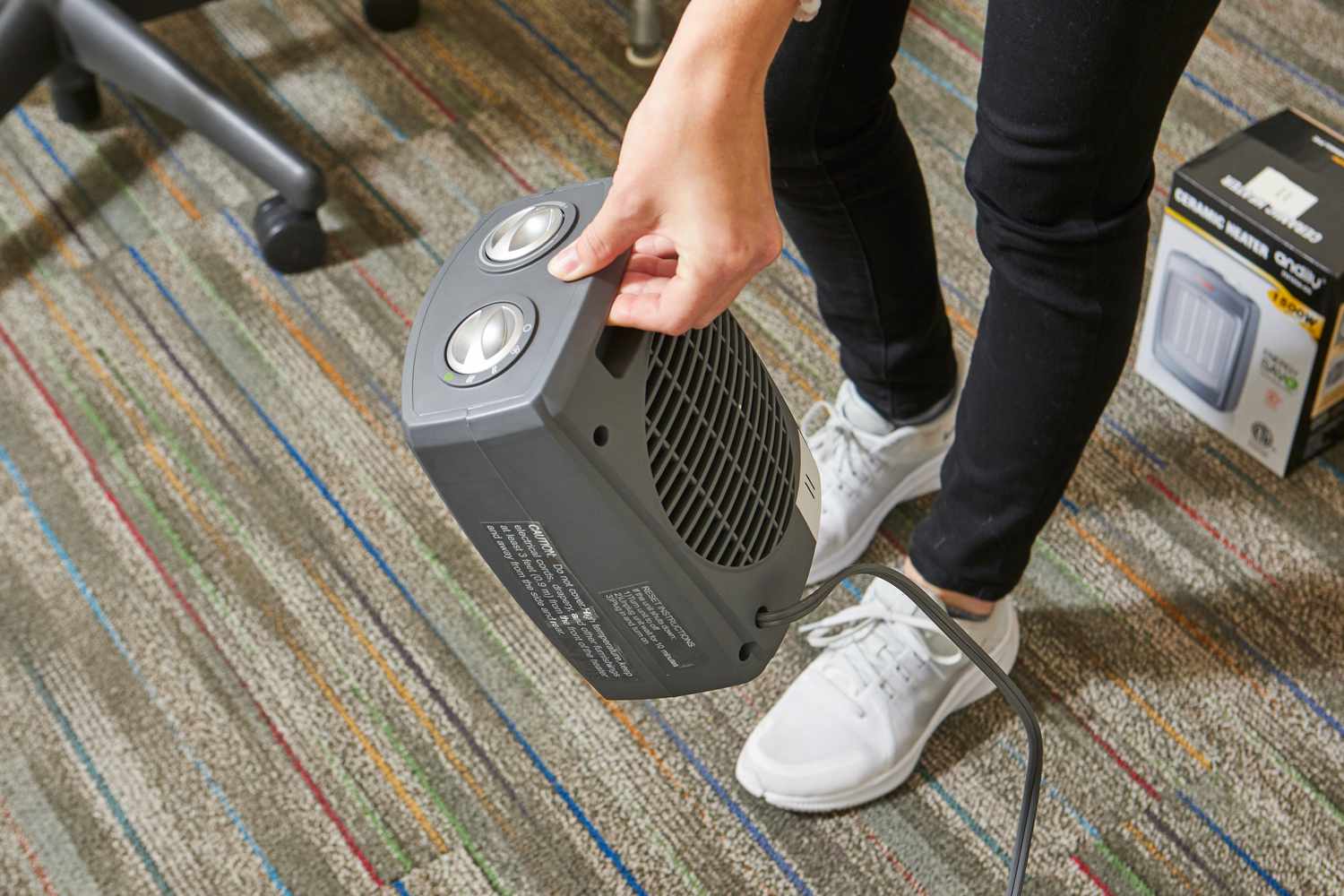
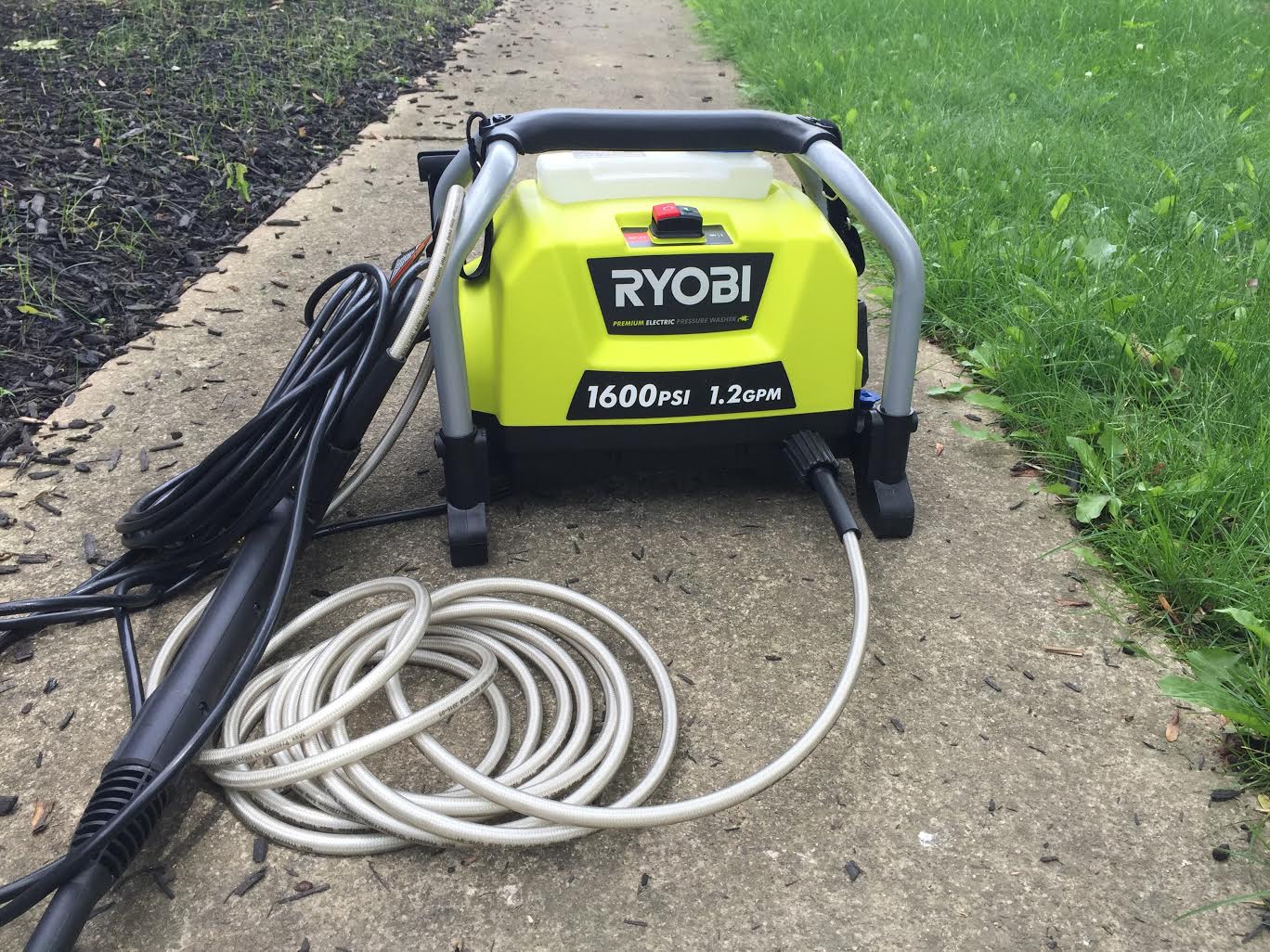
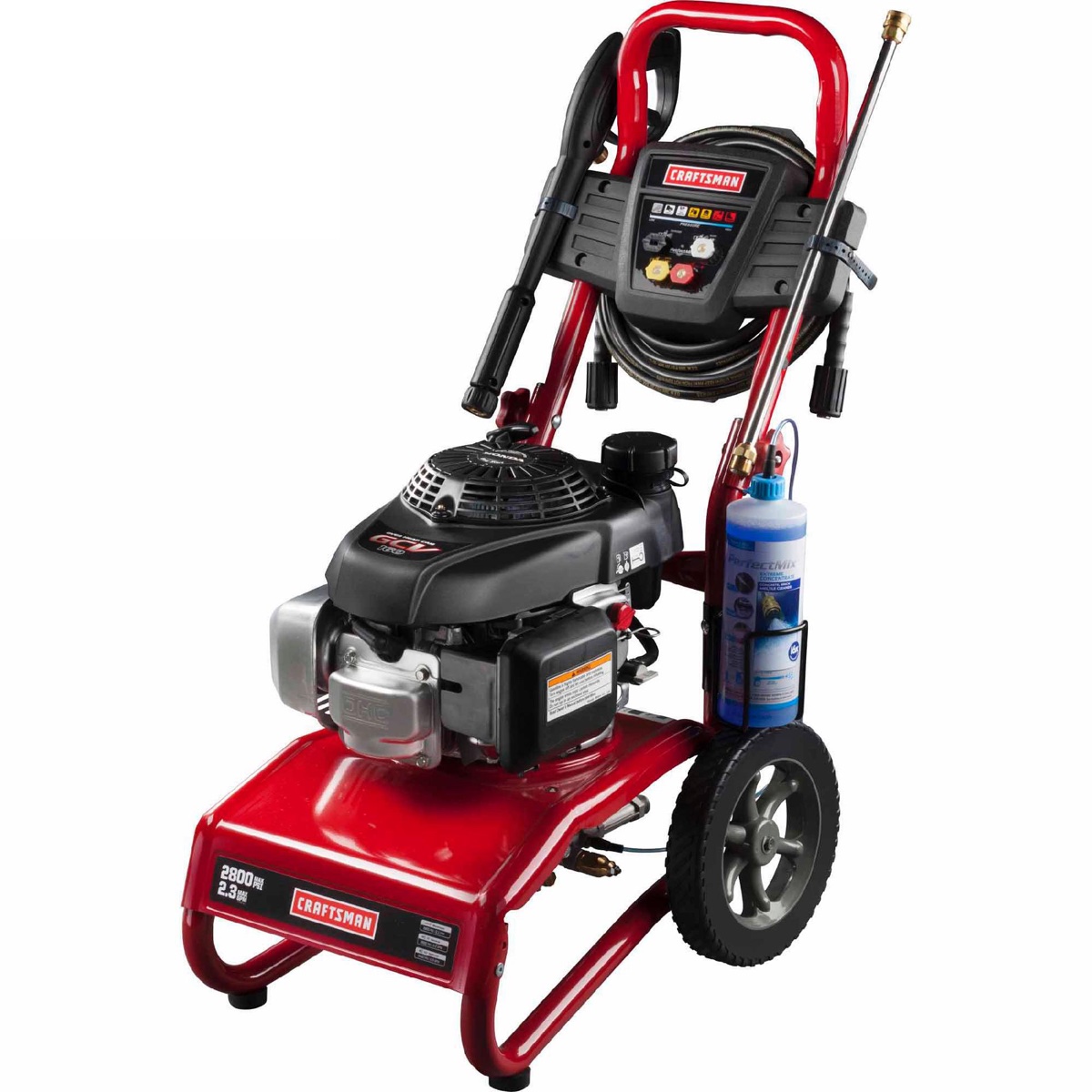
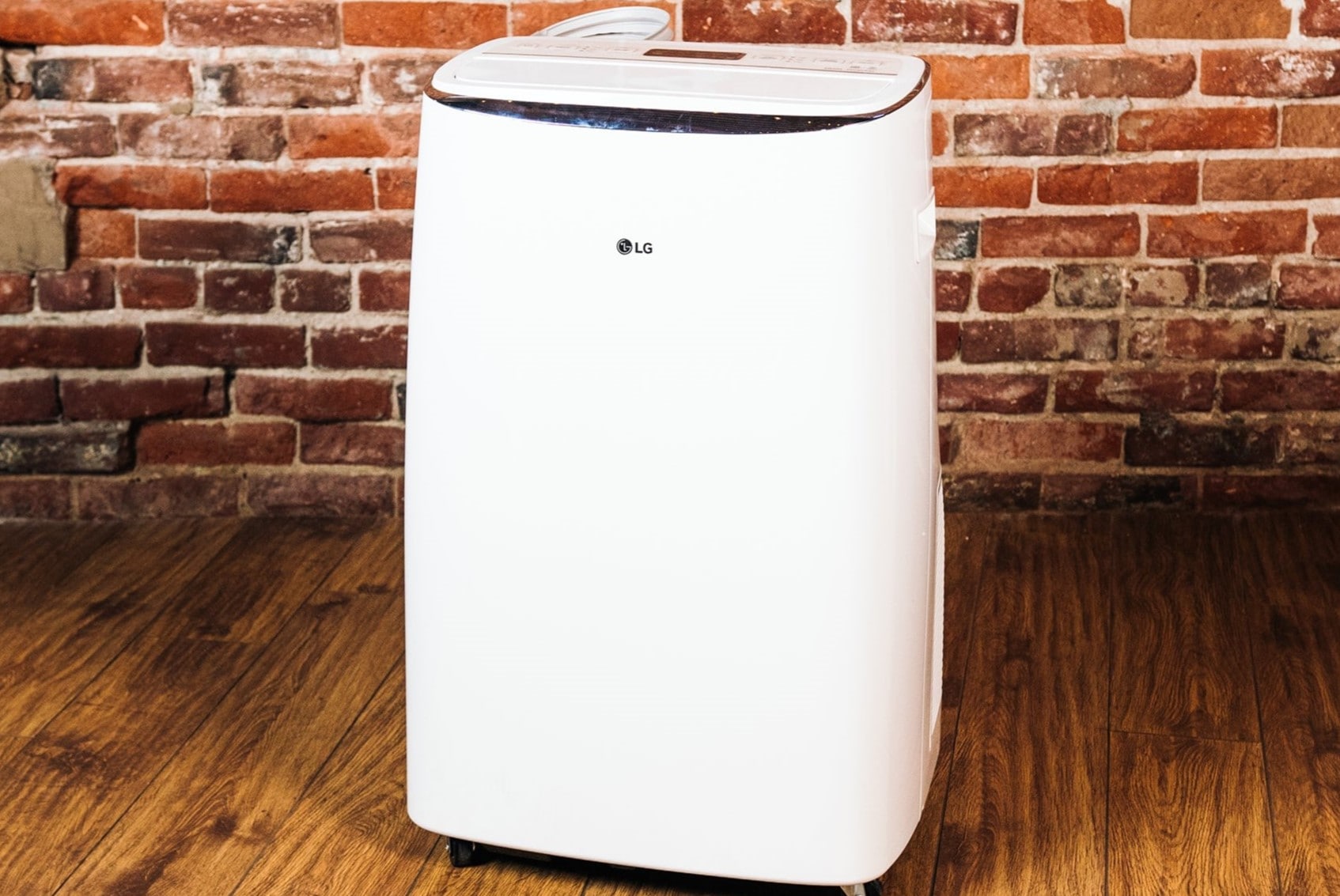
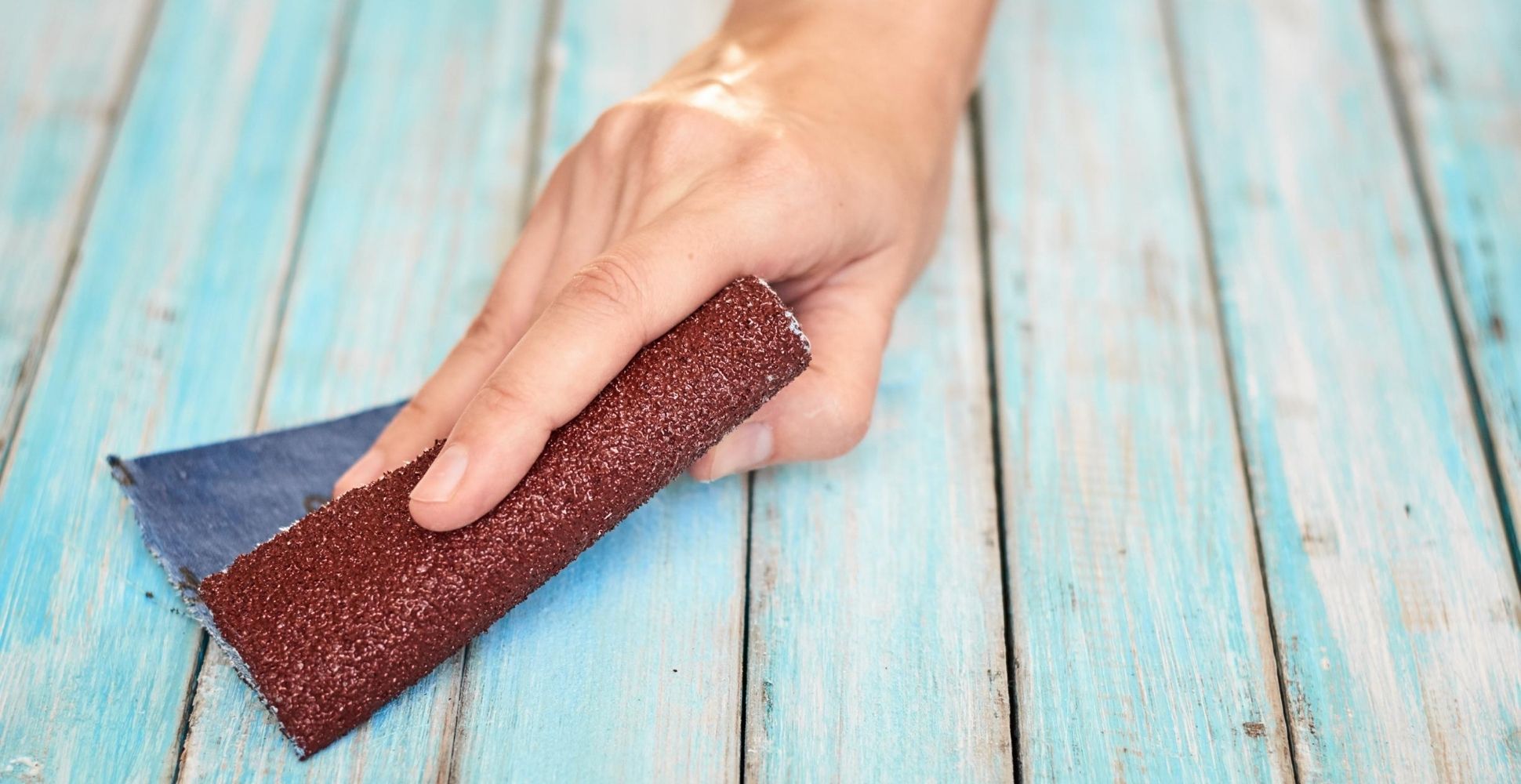
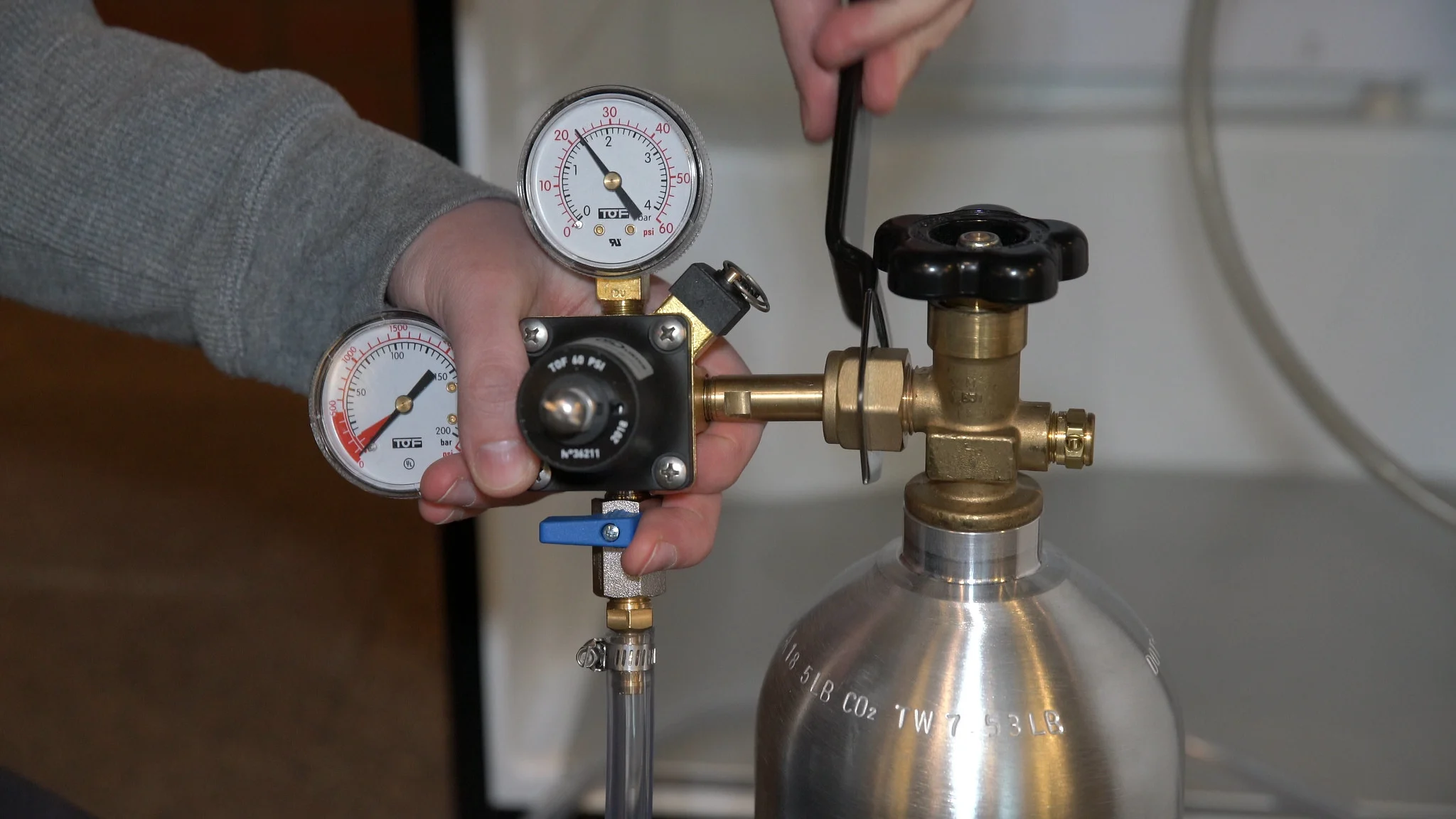
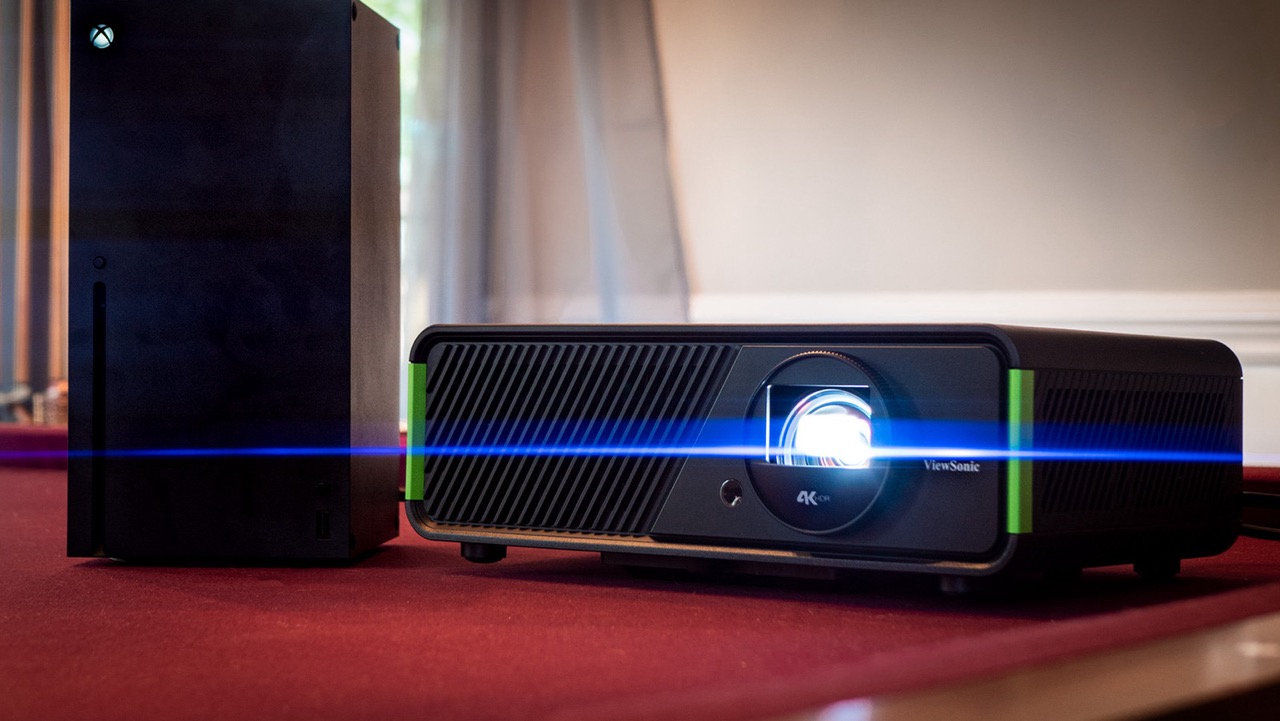
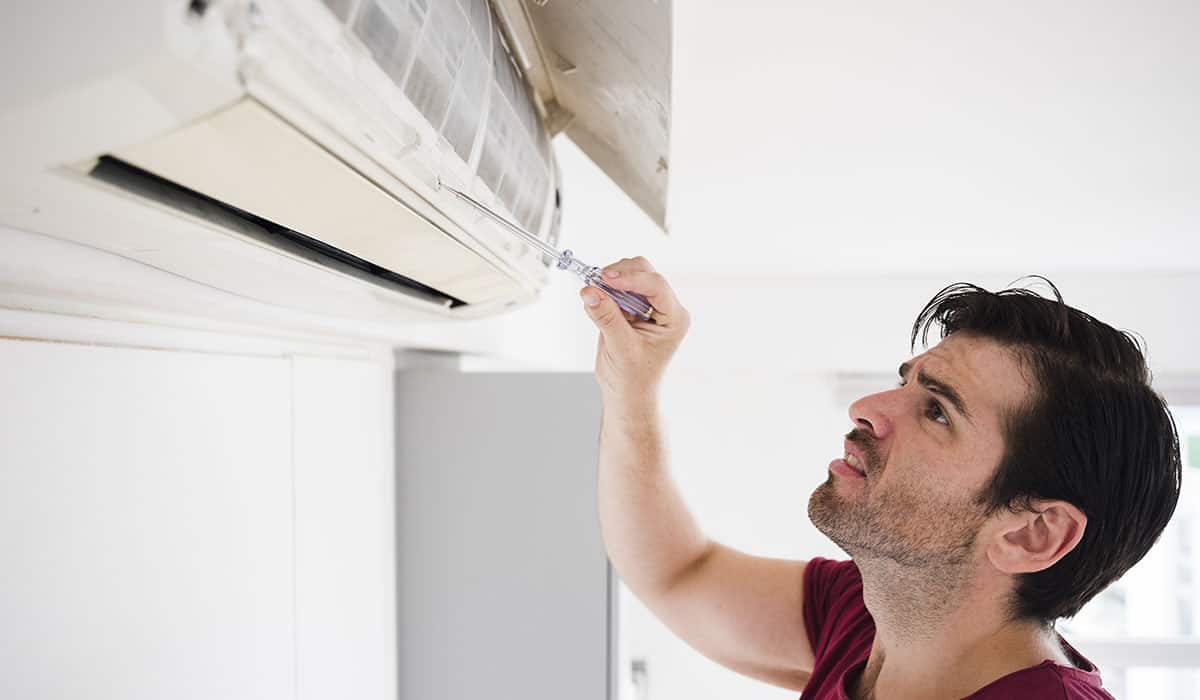

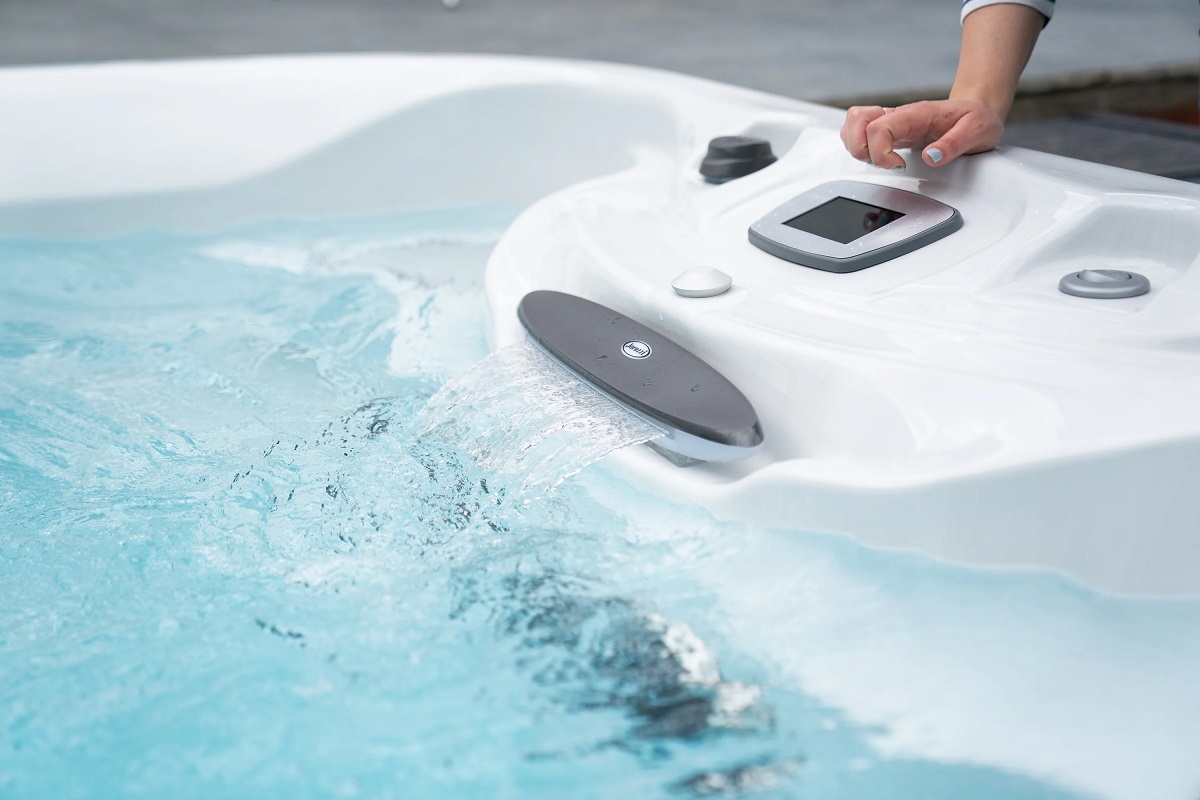
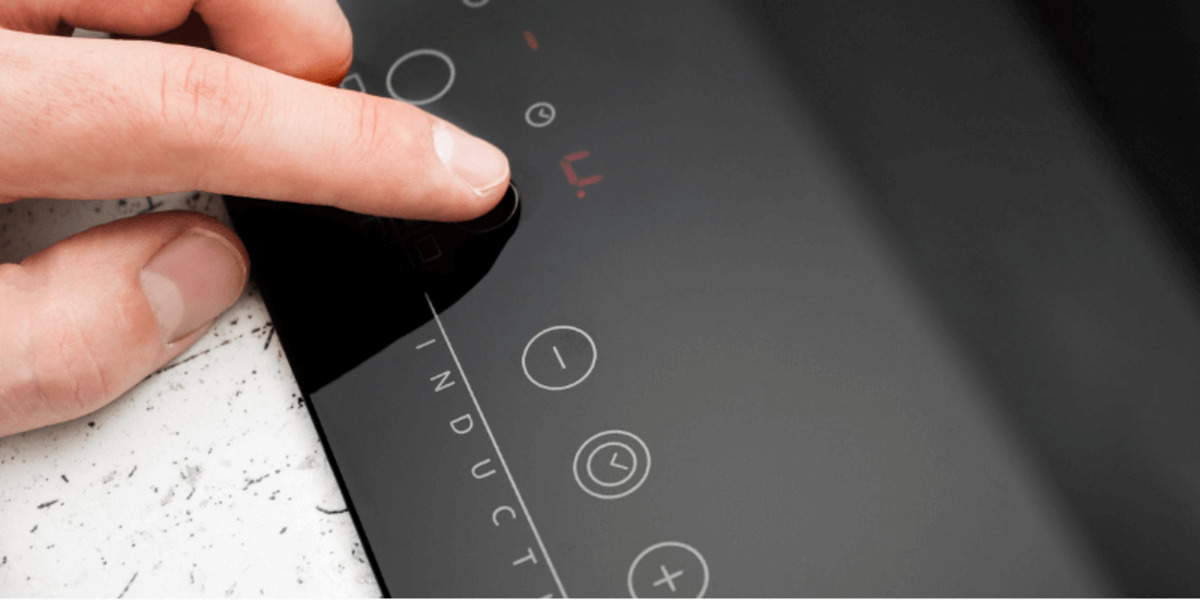

0 thoughts on “Why Does My Dryer Keep Shutting Off”